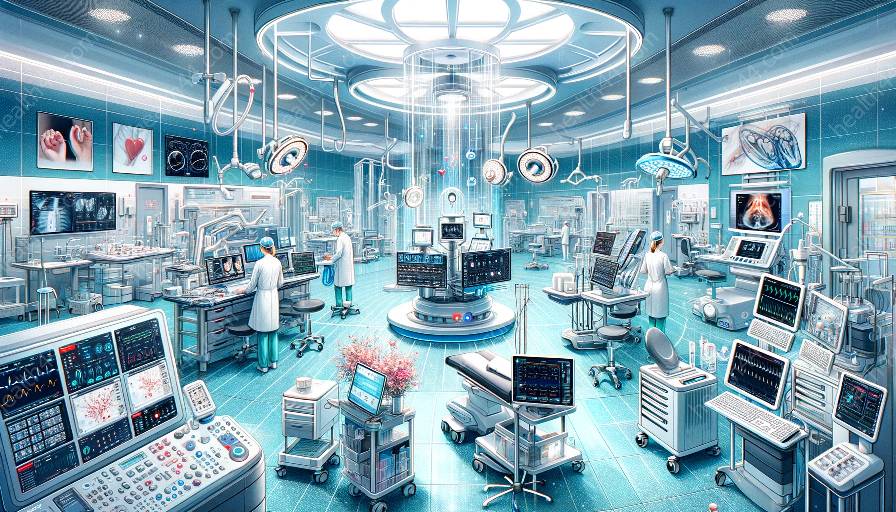Radiation dosimetry involves the measurement and calculation of radiation doses, a crucial aspect of medical radiology. In this comprehensive topic cluster, we delve into the principles and applications of radiation dosimetry in the context of biophysics and medical devices.
Understanding Radiation Dosimetry
Radiation dosimetry is the science of determining and assessing the absorbed dose, distribution, and effects of radiation. It is essential in medical radiology, where accurate and safe dosing is critical for diagnosis and treatment while ensuring patient and staff safety. The field of biophysics plays a significant role in understanding the interactions of radiation with living tissues and the principles behind radiation dosimetry.
Biophysical Principles
Biophysics, the interdisciplinary field that applies the principles of physics to biological systems, is crucial in understanding the interaction of radiation with living organisms. The biological effects of radiation, such as DNA damage and cellular response, are central to determining the appropriate dosimetry for medical applications. Biophysical principles help in quantifying the biological impact of different radiation doses, forming the basis for safe and effective radiological practices.
Applications in Medical Devices
Advancements in medical devices have significantly impacted radiation dosimetry in medical radiology. Modern radiological equipment, such as CT scanners, fluoroscopy machines, and radiation therapy devices, require precise dosimetry to optimize imaging quality and therapeutic outcomes while minimizing radiation exposure. Understanding the principles of radiation dosimetry is essential for the development and use of these medical devices.
Dosimetry in Clinical Practice
Medical physicists and radiologists use dosimetry techniques to ensure that patients receive the appropriate radiation dose for diagnostic imaging or therapeutic procedures. Dosimeters, such as thermoluminescent dosimeters (TLDs) and semiconductor detectors, are employed to measure radiation doses accurately. The data obtained from these devices play a crucial role in optimizing imaging protocols and treatment plans, contributing to the safe and effective use of medical radiology equipment.
Regulatory Considerations
Regulatory bodies such as the International Commission on Radiological Protection (ICRP) and the Nuclear Regulatory Commission (NRC) establish guidelines and standards for radiation dosimetry in medical radiology. Compliance with these regulations is essential to ensure patient and occupational safety, emphasizing the role of dosimetry in maintaining radiation doses within acceptable limits.
Educational and Professional Development
Education and training in radiation dosimetry are crucial for medical physicists, radiologists, and radiologic technologists. Understanding the biophysical and technical aspects of dosimetry prepares professionals to optimize radiation doses, manage imaging equipment, and contribute to the development of improved dosimetry techniques and devices.


